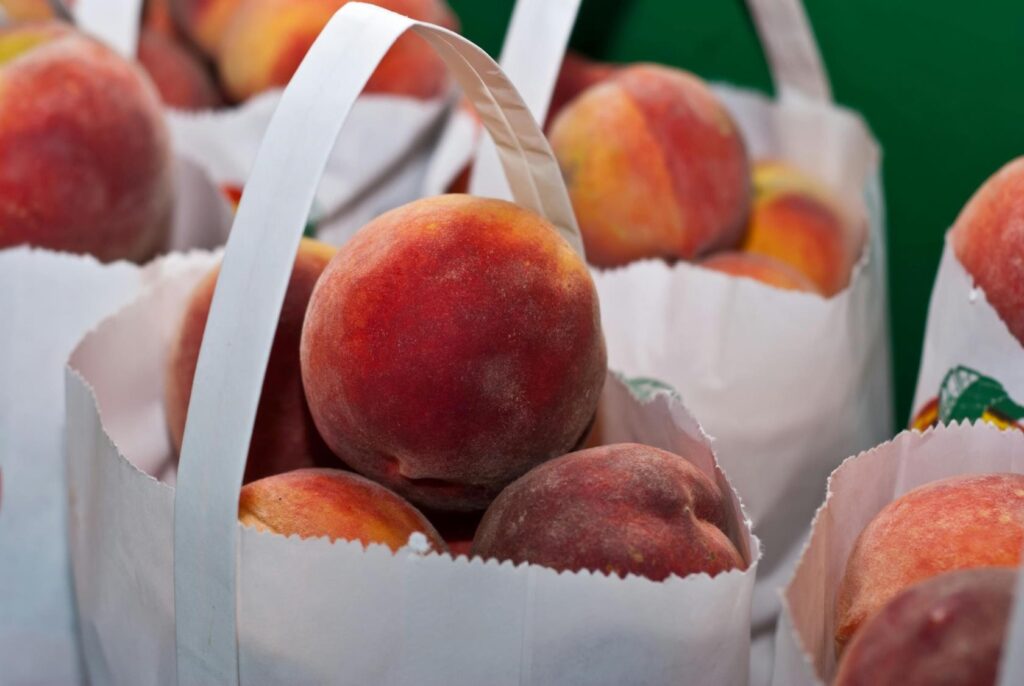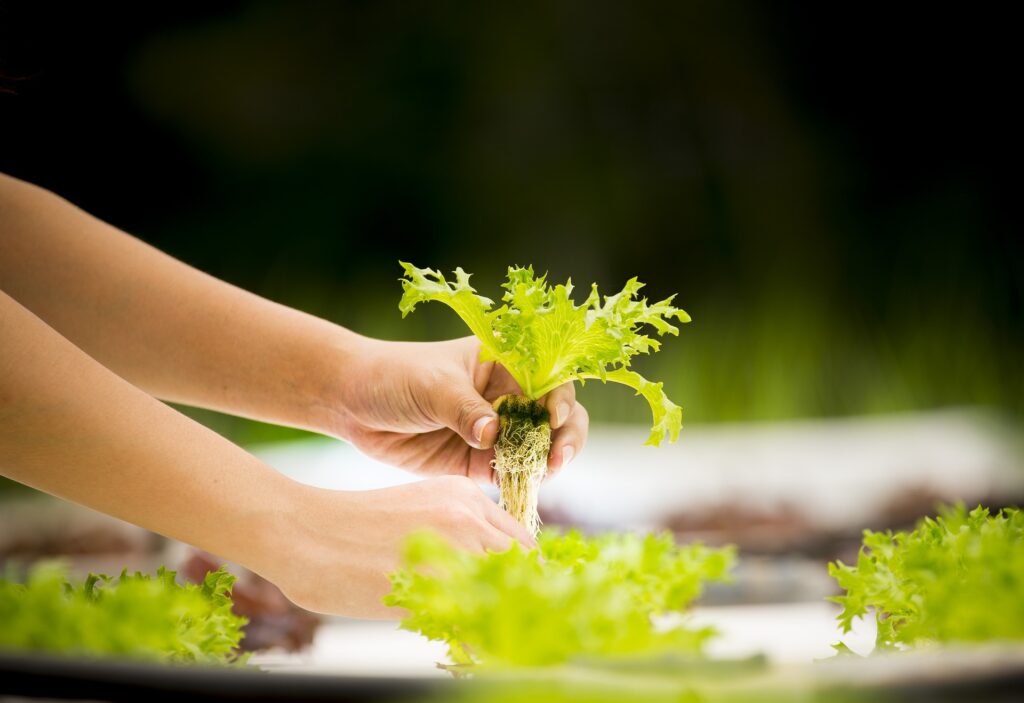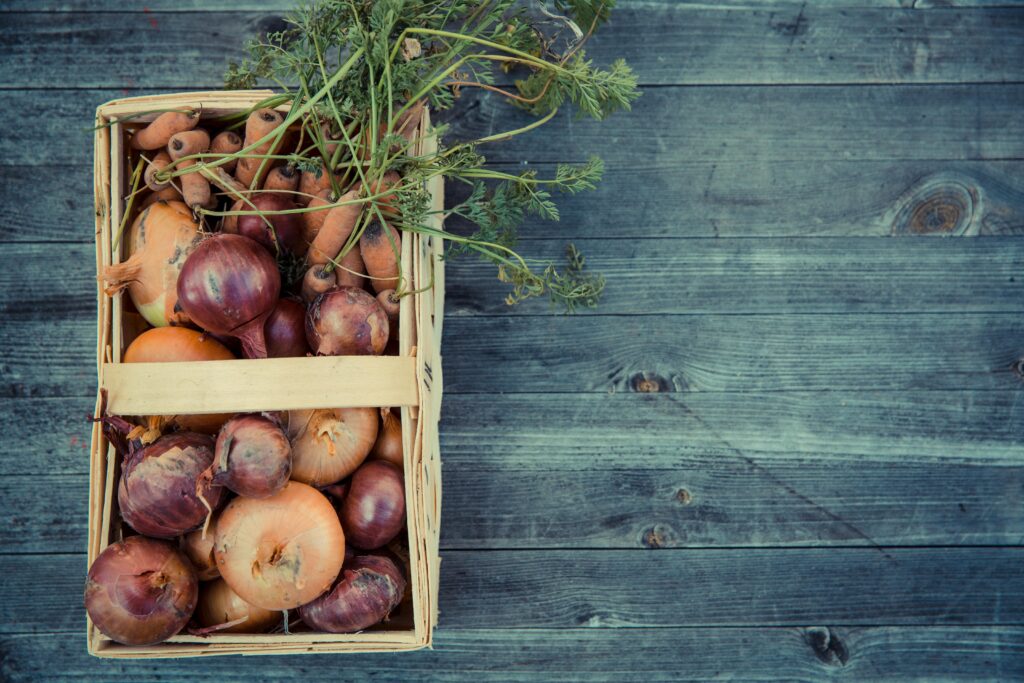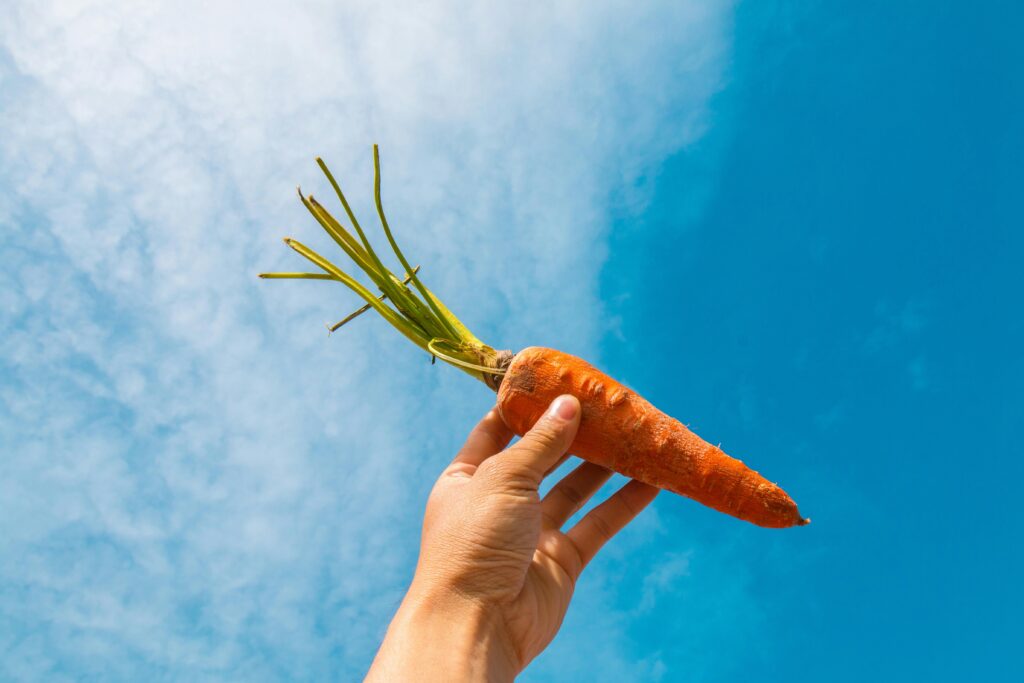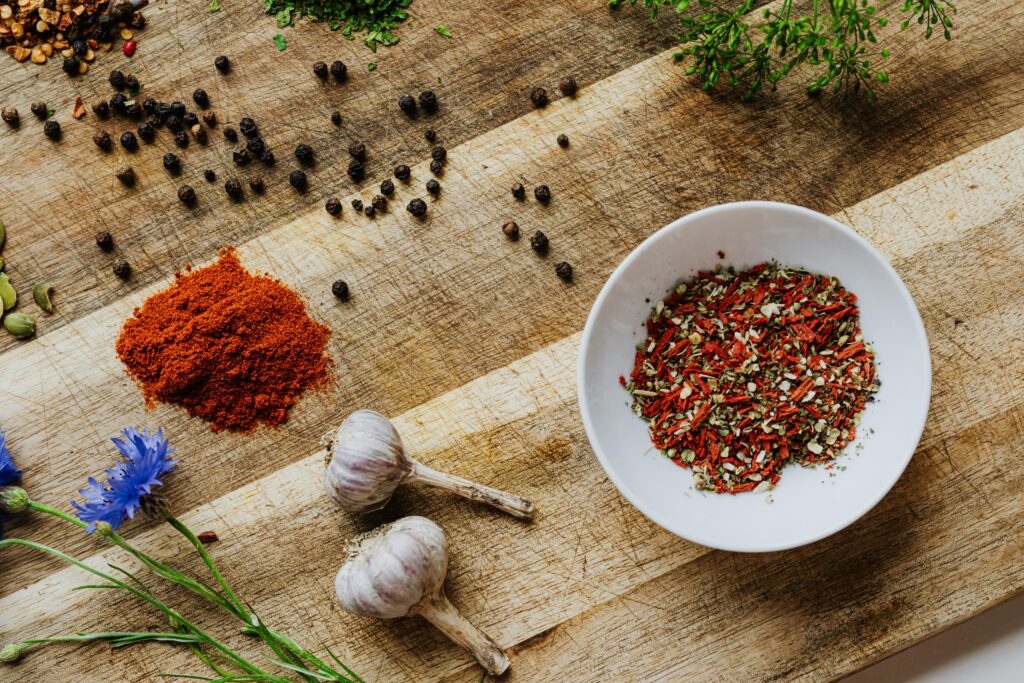Table of Contents
Growing a Peach Tree from Seed: Introduction
Embarking on the journey of growing a peach tree from seed is an enchanting and educational experience that can enrich your garden and your understanding of nature. This guide on how to grow a peach tree from seed will provide you with detailed steps and insights into nurturing a peach seed into a bountiful tree. Growing your own fruit is not only satisfying but also promotes a sustainable lifestyle by allowing you to cultivate your own food source.
From the quiet dormancy of the seed to the lush maturity of a fruit-bearing tree, each phase of growth offers a unique joy and a deep connection with the cycle of life. Whether you aim to beautify your space, enjoy homegrown peaches, or simply challenge yourself with a new gardening project, this guide will support you every step of the way.
How to Plant Apple Seeds in 2024: Simple Tips for Thriving Fruits
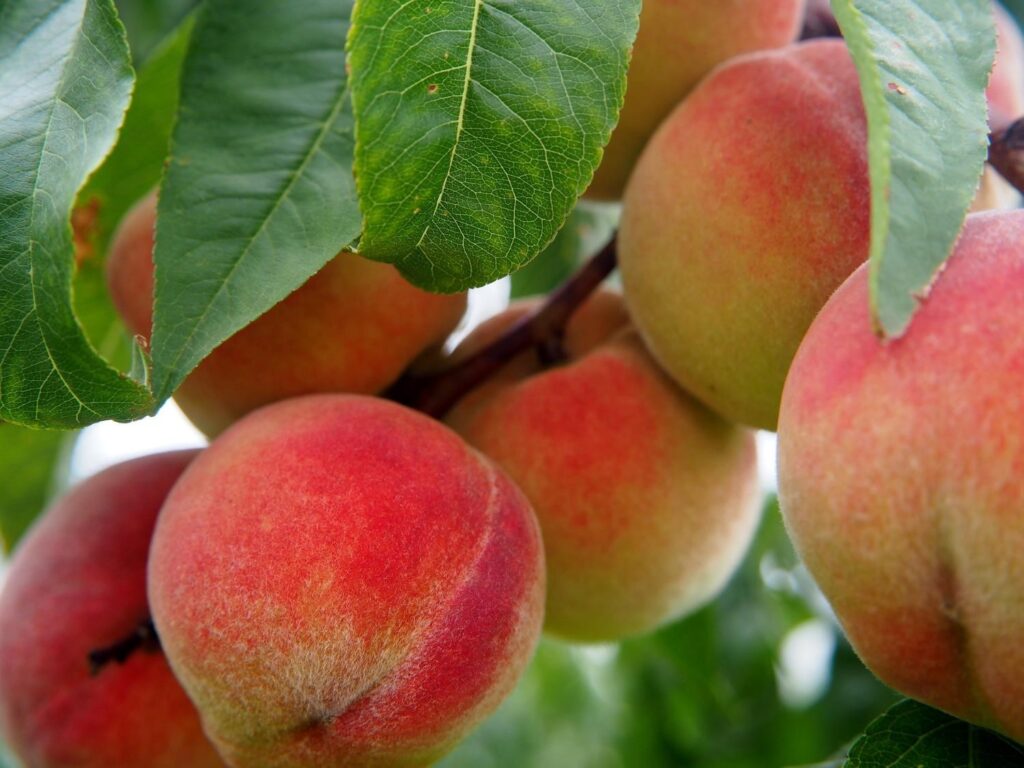
Why Growing a Peach Tree from Seed?
Growing a peach tree from seed offers an enriching experience that combines horticultural practice with environmental stewardship and personal gratification. Here’s a detailed look at the multitude of benefits that come from this rewarding endeavor:
Environmental Benefits
- Biodiversity: Planting a peach tree from seed helps increase local biodiversity, introducing a new plant species that supports various local wildlife species.
- Eco-Friendly: By growing your own peaches, you reduce the need for store-bought fruits that often require extensive transportation and packaging, thereby decreasing your carbon footprint.
- Water Conservation: Home-grown peach trees can be irrigated in more water-efficient ways compared to commercial orchards that often use extensive irrigation systems.
Personal Rewards
- Skill Development: Cultivating a peach tree from seed enhances your gardening skills, providing a deep understanding of plant life cycles and care requirements.
- Satisfaction: There’s a unique joy and a sense of accomplishment in nurturing a plant from the seed stage, watching it grow, and eventually harvesting its fruits.
- Educational Value: This project serves as an excellent educational tool for children and adults alike, offering lessons in patience, responsibility, and the biological sciences.
Nutritional Benefits of Peaches
- Vitamins A and C: Peaches are high in these vitamins, which are crucial for immune system support and maintaining healthy skin.
- Dietary Fiber: Consuming peaches contributes to digestive health and can aid in weight management.
- Antioxidants: These compounds in peaches help combat oxidative stress and can prevent chronic diseases.
- Low Calories: A peach provides a nutrient-rich, low-calorie snack that fits well into a balanced diet.
- Potassium: Important for cardiovascular health and muscle function, potassium is another key nutrient found in peaches.
Selecting the Right Peach Seeds
Choosing the best peach seeds is crucial for the success of your gardening project. Here are key points to consider:
- Variety Selection: Opt for heirloom varieties like ‘Redhaven’ or ‘Elberta’ known for their superior fruit quality and disease resistance. These types are more likely to thrive and produce consistent and predictable fruit.
- Seed Source: Obtain seeds from healthy, ripe peaches. Organic and locally grown peaches are ideal as they are less likely to contain pesticide residues that could impair seed viability.
- Seed Preparation: After extracting the seed from the pit, clean and dry it properly before stratification. This ensures it is free from contaminants that might cause mold or rot during cold storage.

Preparing to Plant Your Peach Seeds
Before planting, peach seeds require a cold treatment, known as stratification, to simulate winter conditions and break dormancy. This process is crucial for stimulating germination once the seeds are planted.
Stratification Process Explained
Stratification involves chilling the peach seeds for a specific period to prepare them for planting. Here’s how to stratify peach seeds effectively:
- Moisten a Paper Towel or Sand: Begin by moistening a small amount of sphagnum peat moss, sand, or paper towels. The medium should be damp but not waterlogged.
- Wrap the Seeds: Place the peach seeds in the moist medium, ensuring they are well-covered but not soaking.
- Seal in a Container or Bag: Transfer the wrapped seeds into a sealable plastic bag or an airtight container.
- Store in Refrigeration: Place the container in the refrigerator, ideally between 34-40°F (1-4°C). The seeds should remain in this cold environment for about 60 to 90 days.
Check periodically to ensure the medium remains moist and that no mold is forming. If you notice mold, remove the seeds, clean them, and replace the medium before returning them to the refrigerator.
Necessary Tools and Materials
In preparation for after stratification, gather the following supplies:
- Pots or Seed Trays: Suitable for starting the seeds indoors if outdoor conditions are not yet favorable.
- Potting Soil: Choose a well-draining mix to avoid water retention that can lead to root rot.
- Labels and Markers: Useful for identifying your plants, especially if you are planting multiple varieties.
Having these tools and materials ready will streamline the process once your seeds have completed stratification and are ready to be planted.
The Planting Process
After the stratification period is complete, your peach seeds are ready to be planted. This crucial step will set the foundation for the growth of healthy peach trees.
- Preparing the Soil: Begin by filling pots or seed trays with a well-draining potting mix to foster proper root development. Make sure the containers you choose have adequate drainage holes to prevent excess water retention.
- Planting the Seeds: Plant the seeds at a depth of about 1-2 inches below the soil surface. It’s often beneficial to plant a couple of seeds per pot to increase the likelihood of germination; later, you can thin out the weaker seedlings. Cover the seeds lightly with soil without compacting it too much, as compact soil can hinder growth.
- Watering: Water the seeds gently but thoroughly after planting to ensure the soil is evenly moist. Continue to maintain slight moisture in the soil, but be careful not to overwater, as peach seeds do not tolerate soggy conditions.
- Location and Light: Place the pots in a location where they can receive ample sunlight or under grow lights if adequate natural light is not available. Peach seeds and seedlings require plenty of light to develop strong and healthy.
- Germination Time: Peach seeds typically begin to germinate within a few weeks to a couple of months after planting, depending on the variety and growing conditions. Keep monitoring moisture levels and adjust your care as needed to support the seedlings as they emerge.
By following these steps, you will provide the best possible environment for your peach seeds to develop into robust seedlings, setting the stage for future growth into mature peach trees.
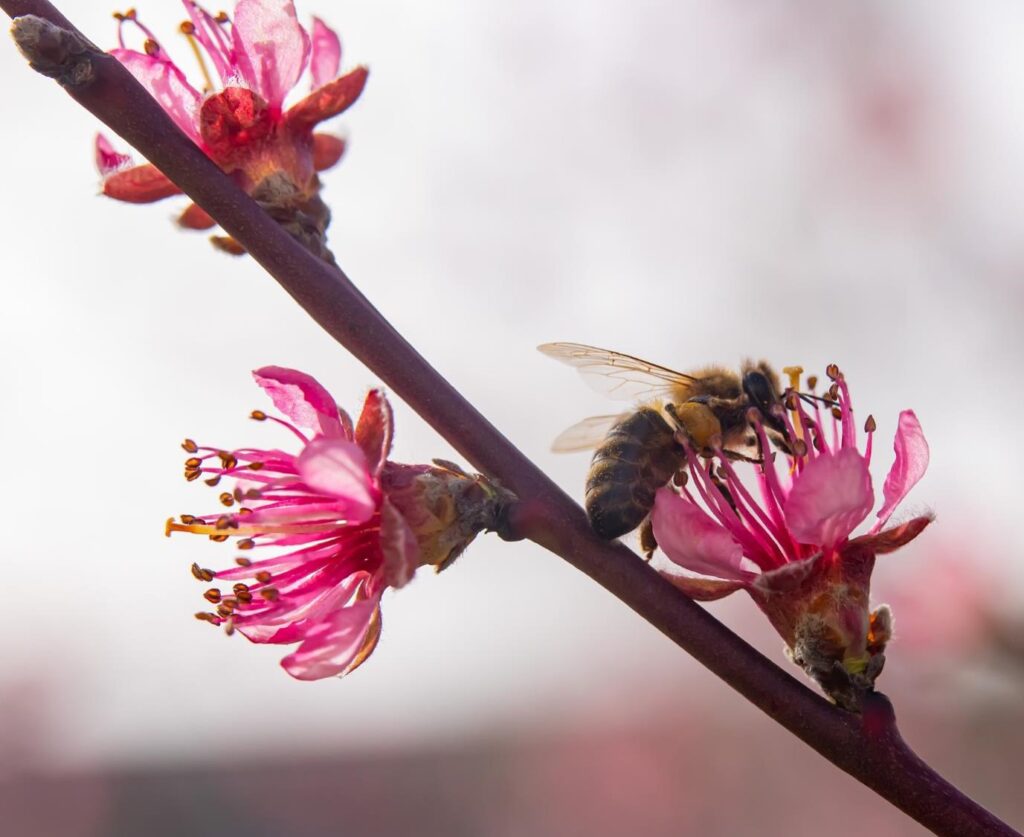
Caring for Your Peach Seedlings
Once your peach seeds have germinated and the seedlings begin to emerge, they will require attentive care to ensure they develop into strong, healthy trees. Here are some key steps to take during this important growth phase:
- Sunlight: Peach seedlings need plenty of light to thrive. If grown indoors, position them near a south-facing window or under grow lights to ensure they receive at least 6-8 hours of light per day. Adequate sunlight is crucial for the development of a robust structure and healthy foliage.
- Watering: Keep the soil consistently moist but not waterlogged. Overwatering can cause root rot and other fungal issues, while underwatering can stress the plants and stunt their growth. Water when the top inch of the soil feels dry to the touch.
- Feeding: Once your seedlings have established their second set of true leaves, begin feeding them with a balanced, diluted liquid fertilizer every two to three weeks. This will provide them with the necessary nutrients to support their rapid growth.
- Thinning: If you planted multiple seeds in a single pot and more than one germinated, it’s essential to thin them out. Choose the strongest seedling and gently remove the others. This prevents competition for nutrients, light, and space, allowing the chosen seedling to develop optimally.
- Transplanting: As the seedlings grow and the roots begin to fill the pot, they will need to be transplanted into larger containers or moved to a permanent outdoor location. This should be done when they are strong enough to handle the transition, typically after they’ve grown several inches tall and have multiple sets of leaves.
By providing your peach seedlings with the right balance of light, water, and nutrients, and by managing their space effectively, you’re helping them establish the foundations they need to grow into healthy, fruitful peach trees.
Transplanting Young Peach Trees
When your peach seedlings have grown strong and the climate is favorable, it’s time to transplant them into their permanent growing spot. This transition is vital as it allows the trees to adapt to their natural environment where they will mature and produce fruit.
- Choosing the Right Time: The best time to transplant peach trees is in the early spring, just as the ground thaws but before new growth starts. This timing helps the trees settle in without the stress of extreme temperatures or active growth demands.
- Site Selection: Choose a location that receives full sunlight for the majority of the day, as peaches require plenty of sun to thrive and produce fruit. The site should also have well-draining soil to prevent water retention and associated root issues. Avoid areas where water pools after rain.
- Soil Preparation: Before planting, prepare the soil by mixing in organic compost to enhance its nutrients and improve its structure. This will help ensure the soil is fertile and aerated, providing optimal conditions for root growth.
- Planting: Dig a hole that is twice as wide as the root ball of your seedling but no deeper. This allows the roots to spread out easily without forcing them too deep into the ground. Place the seedling in the hole, carefully spreading out the roots. Fill the hole with soil, gently tamping down as you go to eliminate air pockets.
- Watering and Mulching: Water the seedling deeply immediately after planting to help settle the soil around the roots and to hydrate the tree. Apply a layer of mulch around the base to retain moisture, regulate soil temperature, and reduce weed competition. Keep the mulch a few inches away from the trunk to avoid moisture buildup that can lead to rot.
- Staking: If the location is particularly windy or if the seedling is still somewhat fragile, consider staking the tree for additional support. Use a soft tie to attach the tree to the stake, allowing some movement as it grows.
By carefully managing the transplanting process, you give your young peach trees the best start in their final location, setting them up for years of healthy growth and fruitful harvests.
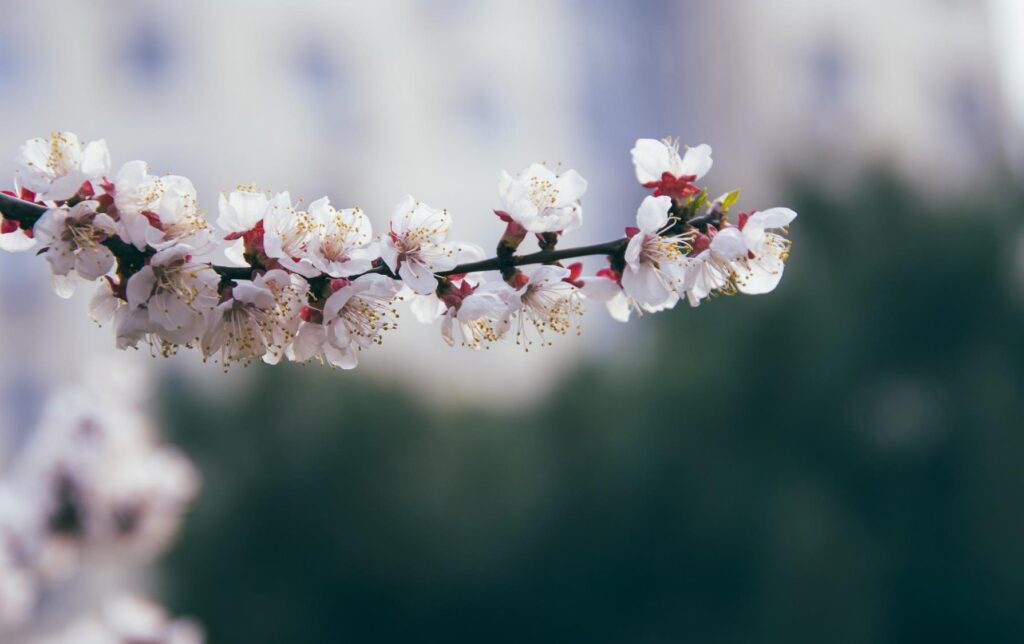
Common Challenges and Solutions
Growing peach trees from seed can be incredibly rewarding, but like any gardening endeavor, it comes with its own set of challenges. Being prepared to address these issues can help ensure the health and productivity of your trees.
- Pests and Diseases: Peach trees are susceptible to a variety of pests and diseases, such as peach leaf curl, borers, and aphids. Regularly inspect your trees for signs of damage and treat them with appropriate organic or chemical solutions as necessary. Implement preventive measures such as proper pruning, cleaning up fallen debris, and using resistant varieties to minimize these problems.
- Nutrient Deficiencies: Yellowing leaves or stunted growth may indicate nutrient deficiencies. Conduct a soil test to determine what nutrients are lacking. Amending the soil with appropriate fertilizers or organic compost can correct these imbalances and promote healthy growth.
- Watering Issues: Both overwatering and underwatering can stress peach trees, leading to poor health and reduced fruit production. Establish a consistent watering schedule that keeps the soil moist but not soggy. Adjust your watering based on weather conditions, especially during dry spells or excessive rainfall.
- Climate Considerations: Peach trees require a certain number of chill hours to produce fruit, and not all varieties are suited to all climates. Choose a variety that matches your local climate conditions to ensure successful fruiting. Additionally, protect young trees from extreme weather, such as frost or intense heat, by using protective coverings or shade cloths as needed.
- Pruning: Proper pruning is essential for maintaining the health and productivity of peach trees. Prune during dormancy to shape the tree, remove any dead or diseased wood, and encourage the growth of fruiting wood. Be sure to learn the proper techniques to avoid damaging the tree.
Addressing these common challenges with proactive and informed care will help keep your peach trees healthy and productive, ensuring a satisfying harvest of juicy peaches for many seasons to come.
Expected Results and Patience
Growing a peach tree from seed is a long-term commitment that requires patience and dedication. Understanding the growth timeline and setting realistic expectations are key to maintaining enthusiasm and providing the best care over the years.
- Growth Milestones: In the first year, your main goal is to establish a strong root system and healthy foliage. The actual growth in height might be minimal, but this stage is critical for setting the foundation for future growth. By the second and third years, you should see more significant increases in height and branch development, and you can begin shaping the tree through pruning.
- Fruit Production: Peach trees grown from seeds will typically take several years to bear fruit. Generally, you might expect fruit within 3 to 5 years, but this can vary depending on the peach variety, growing conditions, and how well the tree is cared for. Some patience is required during these early years, as the tree matures and becomes ready for fruit production.
- Annual Care: Each year, your peach tree will require pruning, fertilizing, and general maintenance to ensure its health and maximize fruit production. This includes monitoring for pests and diseases and addressing any issues promptly to prevent long-term damage.
- Harvesting: The first harvest is always particularly rewarding. The quantity and quality of fruit will improve as the tree matures. Initial yields may be modest, and the fruits smaller, but as the tree grows, you can expect larger harvests of bigger, tastier peaches.
- Continual Learning: As with any gardening project, there is always more to learn. Each year can bring new challenges, whether it’s unusual weather patterns, new pests, or different nutritional needs. Staying informed and adaptable will help you manage these challenges effectively.
The process of growing a peach tree from seed is not only about the final fruit; it’s also about the journey. The care you invest, the patience you maintain, and the lessons you learn along the way enrich your gardening experience and deepen your connection to the natural world.

Growing a Peach Tree from Seed: Conclusion
Growing a peach tree from seed is a gratifying experience that stretches beyond mere gardening—it’s an adventure in patience, care, and ultimately, reward. This guide on how to grow a peach tree from seed has walked you through each step of the process, from the initial selection of a seed to the joyful moment of harvesting your own peaches. Whether you are looking to expand your home orchard, engage with nature, or simply enjoy the challenge of growing something from scratch, the peach tree offers a beautiful and delicious opportunity to do so.
Remember, each seed you plant is a step towards a more sustainable and fulfilling way of living. We hope you are inspired to start this journey and enjoy the lush rewards of your efforts in the years to come. Happy planting!
Frequently Asked Questions
What is the best time of year to plant peach seeds?
The best time to plant peach seeds is during the late fall or early winter. This allows the natural cold stratification process to occur outdoors, which is necessary for breaking the seed’s dormancy. If you are stratifying seeds artificially in a refrigerator, you can plant them in early spring, just after the last frost has passed.
How long does it take for a peach seed to germinate?
Peach seeds typically begin to germinate after 3 to 4 months of cold stratification. Once planted, the seeds can take a few weeks to sprout, depending on the soil temperature and moisture levels.
Can I plant a peach seed from a store-bought peach?
Yes, you can plant a seed from a store-bought peach, but there are no guarantees on the type of peach tree that will grow, as commercial peaches are often hybrids. For more predictable results, consider obtaining seeds from a reliable nursery or from organically grown, heirloom peaches.
How much water do peach seedlings need?
Peach seedlings need to be kept moist but not waterlogged. Water them deeply once a week, allowing the soil to dry out slightly between waterings. Adjust the watering schedule based on temperature and rainfall, ensuring the seedlings do not sit in soggy soil.
When should peach trees be transplanted outdoors?
Peach trees should be transplanted outdoors in the spring, after the risk of frost has passed and the soil is workable. This gives them a full growing season to establish themselves before winter.
Are there any specific peach varieties that are better for growing from seed?
Heirloom varieties are generally better for growing from seed because they are more likely to produce fruit similar to the parent tree. Varieties such as ‘Redhaven’ or ‘Elberta’ are popular choices and are known for their quality fruit and disease resistance.
What are some common pests and diseases to watch out for when growing peach trees?
Common pests include peach tree borers and aphids, while frequent diseases are peach leaf curl and brown rot. Regular inspections and preventive treatments, such as applying fungicides in early spring and maintaining clean surroundings, can help manage these issues.
How long does it take to grow a peach tree from seed?
Growing a peach tree from seed to a fruit-bearing stage typically takes about 3 to 5 years. The exact time can vary based on the variety, growing conditions, and care provided.
Can you grow a peach tree from a peach pit?
Yes, you can grow a peach tree from a peach pit. The pit contains the seed necessary to sprout a new tree. However, keep in mind that trees grown from pits might not produce fruit identical to the parent due to cross-pollination in commercial varieties.
How to crack open a peach seed?
To crack open a peach seed, first remove the hard outer pit from the peach fruit. Dry the pit, then use a nutcracker or hammer to gently crack it open without damaging the seed inside. Be cautious and protect your eyes during this process to avoid injury from flying pieces.
Do you need two peach trees to produce fruit?
No, most peach trees are self-fertile, which means you do not need two trees to produce fruit. However, planting more than one peach tree can improve pollination and potentially increase fruit yield.

